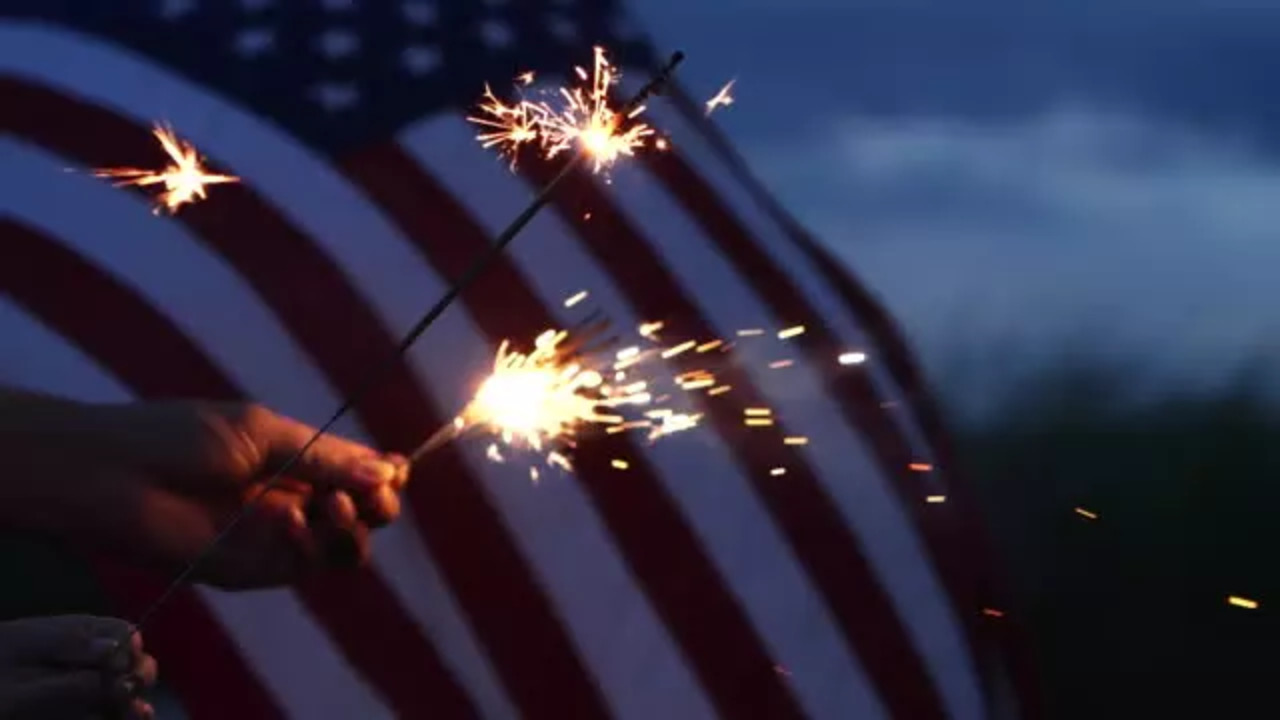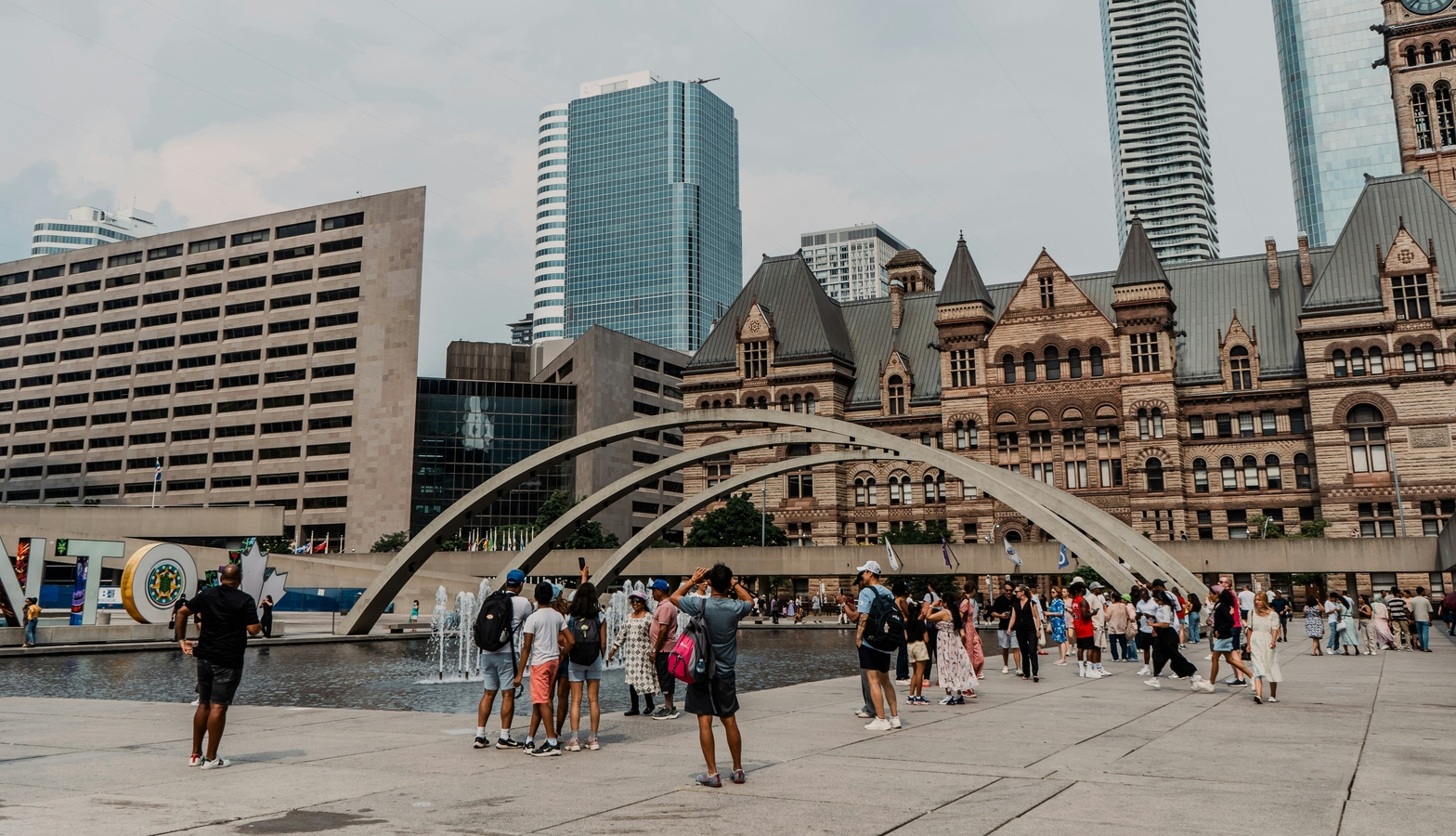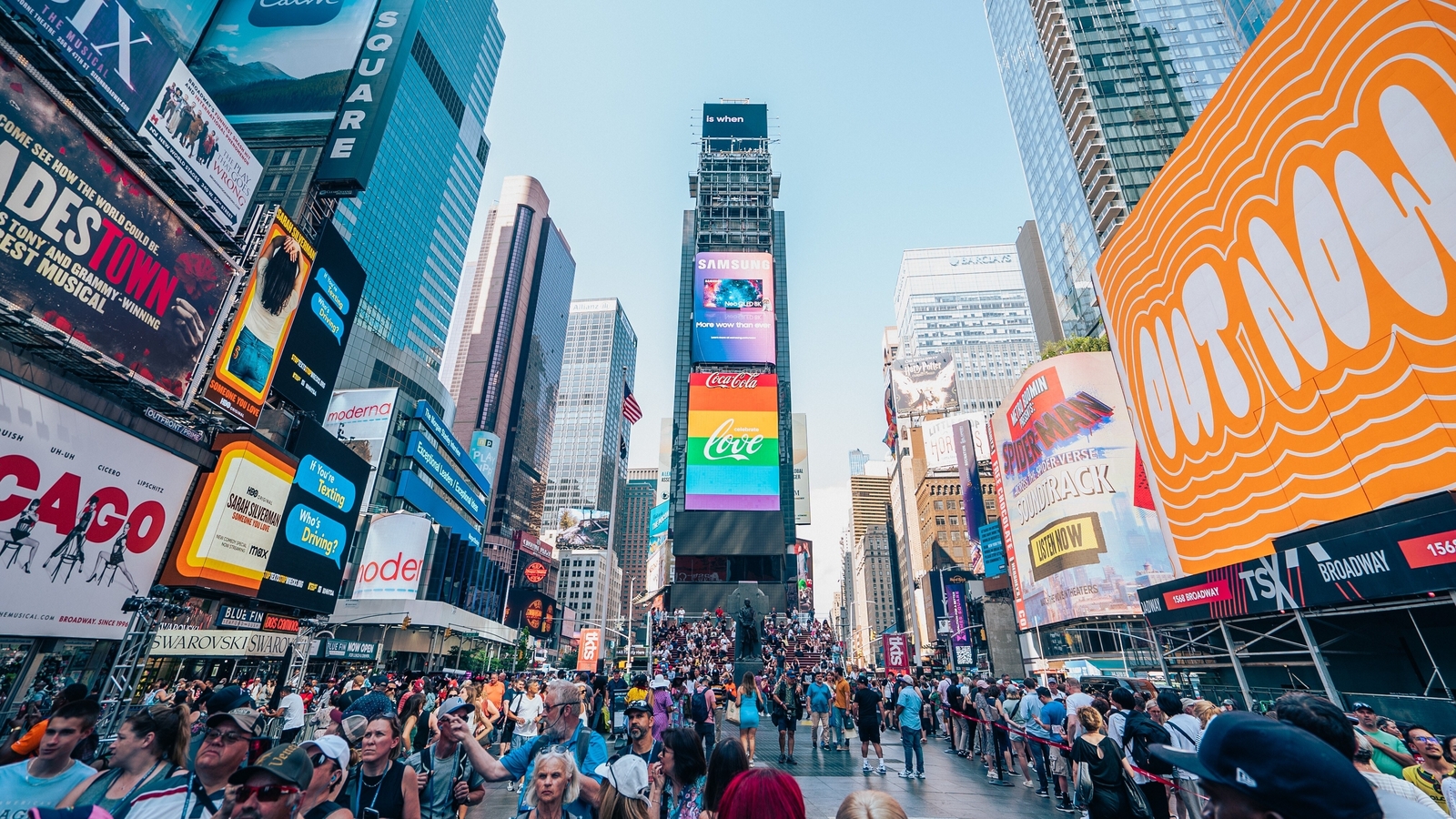Horoscope
US Independence Day 2024: History and Story of July 4th

4th Of July Celebrations.
Photo : iStock
KEY HIGHLIGHTS
- Celebrated since 1776, the Fourth of July honors American independence. Few colonists at first wanted total freedom. By the middle of 1776, revolutionary ideas had grown.
- The Continental Congress voted in favor of independence on July 2, 1776, and on July 4 the Declaration of Independence was ratified.
- It developed into a significant celebration with fireworks, cookouts, and national symbols over time.
The Fourth of July, also known as Independence Day or July 4th, has been a federal holiday in the United States since 1941. However, the tradition of Independence Day celebrations dates back to the 18th century and the American Revolution.
The Vote for Independence
The Continental Congress took a vote in support of independence on July 2, 1776. Two days later, representatives from the thirteen colonies ratified Thomas Jefferson’s momentous Declaration of Independence. July 4th has been observed as the anniversary of American freedom with a variety of celebrations since 1776.
Early Revolutionary Sentiments
Few colonies wanted total independence from Great Britain when the Revolutionary War’s first clashes began in April 1775. People that did were viewed as radicals. Growing antipathy toward Britain and the emergence of revolutionary ideas by the middle of 1776, especially after reading Thomas Paine’s essay “Common Sense,” encouraged a large number of colonists to support independence.
The Continental Congress
On June 7, 1776, the Continental Congress met at the Pennsylvania State House in Philadelphia. Richard Henry Lee of Virginia introduced a motion calling for the colonies’ independence. Amid heated debate, Congress postponed the vote but appointed a five-man committee to draft a formal statement justifying the break with Great Britain. This committee included Thomas Jefferson, John Adams, Roger Sherman, Benjamin Franklin, and Robert R. Livingston.
Adoption of the Declaration
The Continental Congress nearly unanimously approved Lee’s proposal for independence on July 2. John Adams foretold in a letter to his wife Abigail on that day that July 2 would be remembered by future generations as a day filled with fanfare, parades, sporting events, games, fireworks, firearms, bonfires, and illuminations. The Declaration of Independence was formally approved by Congress on July 4th.
Celebrations and Symbolism
The king’s birthday was celebrated yearly by the colonies before to the Revolution with bells, bonfires, processions, and speeches. Some colonists commemorated the beginning of independence in the summer of 1776 by staging fake funerals for King George III, signifying the fall of the monarchy and the victory of liberty.
Public Readings and Festivities
The initial public readings of the Declaration of Independence were accompanied by celebrations that included marches, musical performances, bonfires, and the firing of muskets and cannons. On July 4, 1777, Philadelphia hosted the first-ever yearly celebration of independence. In honor of the anniversary, George Washington gave his men double rations of rum in 1778. The first state to declare July 4th an official state holiday was Massachusetts in 1781.
Post-Revolutionary Celebrations
Americans continued to observe Independence Day after the Revolutionary War. Emerging political figures were able to speak to the public and promote togetherness at these festivities. By the late 1700s, several localities hosted separate Fourth of July festivities for the Democratic-Republicans and the Federalist Party.
Fireworks Tradition
Around 200 BC, fireworks were first used to celebrate Independence Day. On July 4, 1777, a spectacular fireworks display in Philadelphia marked the start of the tradition, as recorded by the Pennsylvania Evening Post. That same evening, the Sons of Liberty let off fireworks over Boston Common.
Independence Day as a Federal Holiday
After the War of 1812, the Fourth of July celebration of patriotism went even more. The United States Congress declared July 4th a federal holiday in 1870. The clause was amended in 1941 to give all government employees a paid holiday.
Modern Celebrations
Independence Day became less relevant politically throughout time, but it continued to be an important national holiday and a source of pride in one’s country. Since the late 1800s, family get-togethers and recreational pursuits have revolved on the Fourth of July, frequently featuring fireworks and barbecues. Common images and melodies associated with the occasion are the American flag and “The Star-Spangled Banner,” the national anthem.








